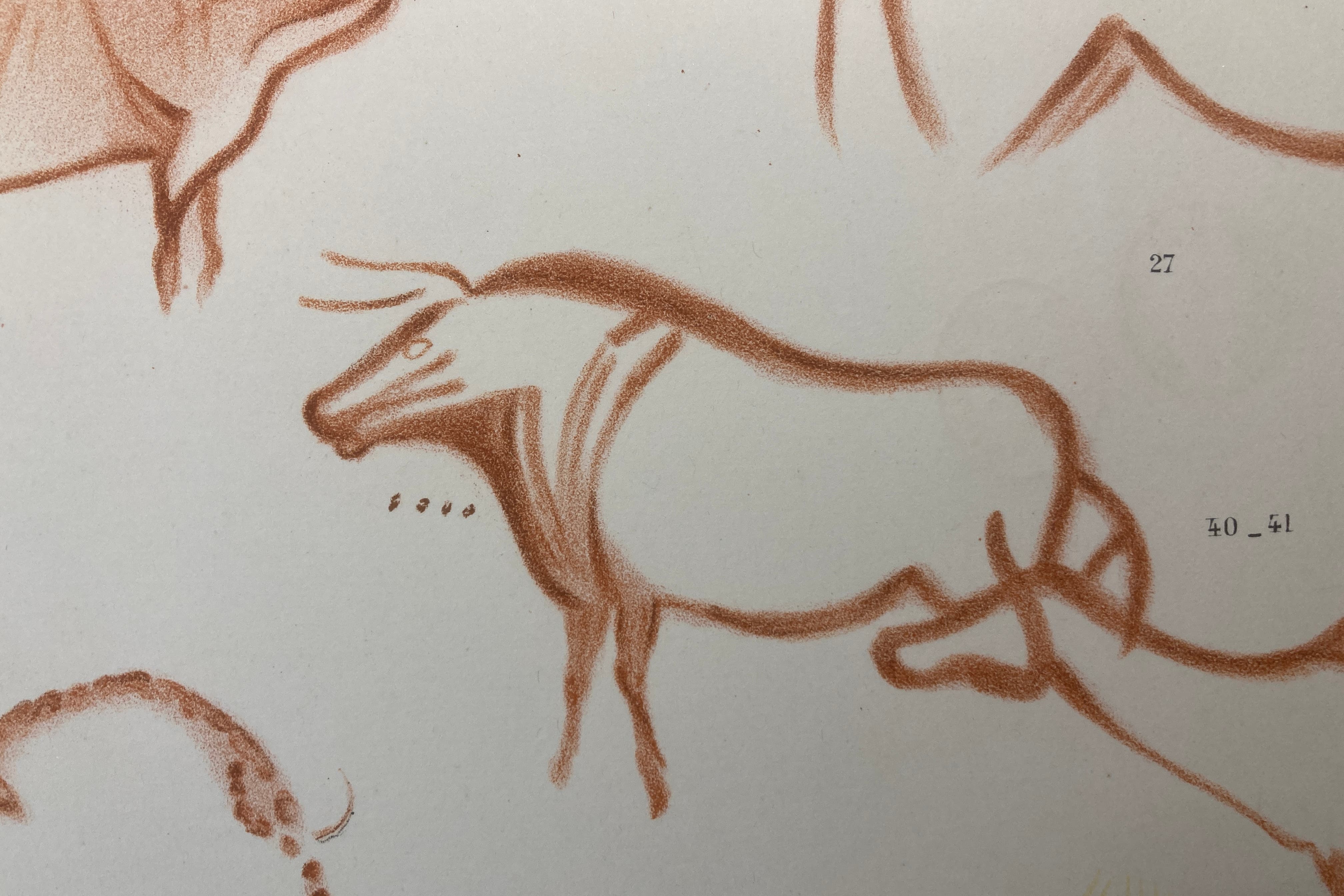Ice Age hunters used cave paintings to time life cycles of animals, study shows
A study has found the wall paintings were more than art – they timed the reproductive cycle of animals.

Your support helps us to tell the story
From reproductive rights to climate change to Big Tech, The Independent is on the ground when the story is developing. Whether it's investigating the financials of Elon Musk's pro-Trump PAC or producing our latest documentary, 'The A Word', which shines a light on the American women fighting for reproductive rights, we know how important it is to parse out the facts from the messaging.
At such a critical moment in US history, we need reporters on the ground. Your donation allows us to keep sending journalists to speak to both sides of the story.
The Independent is trusted by Americans across the entire political spectrum. And unlike many other quality news outlets, we choose not to lock Americans out of our reporting and analysis with paywalls. We believe quality journalism should be available to everyone, paid for by those who can afford it.
Your support makes all the difference.Ice Age hunter-gatherers used cave paintings to record sophisticated information about the world around them which helped them to survive, a breakthrough study has found.
Decoding marks on the drawings for the first time, a team of specialists has proven that at least 20,000 years ago, people across Europe made notes about wild animals and the timings of their reproduction cycles.
Remarkably, the initial discovery that the markings on drawings could refer to a kind of lunar calendar was made not by an academic, but by London-based furniture conservator Ben Bacon who spent countless hours of his own time looking at examples of cave painting and analysing data.
The so-called “proto-writing” system pre-dates others that are thought to have emerged during the Near Eastern Neolithic by at least 10,000 years.
The results show that Ice Age hunter-gatherers were the first to use a systematic calendar and marks to record information about major ecological events within that calendar
Mr Bacon said he went to academics with his theory and they listened and encouraged him to pursue it, despite him being “effectively a person off the street”.
He collaborated with a team including two professors from Durham University and one from University College London to publish a paper in the Cambridge Archaeological Journal.
Cave paintings of species such as reindeer, fish, now extinct cattle called aurochs and bison have been found across Europe.
Archaeologists have long known that sequences of dots and other marks on the drawings had meaning, but no-one could decipher them.
Mr Bacon was keen to decode these, and in particular the inclusion of a “Y” sign – formed by adding a diverging line to another – which he believed meant “giving birth”.
By using the birth cycles of equivalent animals today as a reference point, the team was able to work out that the number of marks associated with Ice Age animals were a record, by lunar month, of when they were mating.
Mr Bacon, who has an English degree but decided not to go into academia, said: “The meaning of the markings within these drawings has always intrigued me so I set about trying to decode them, using a similar approach that others took to understanding an early form of Greek text.
“Using information and imagery of cave art available via the British Library and on the internet, I amassed as much data as possible and began looking for repeating patterns.
“As the study progressed, I reached out to friends and senior university academics, whose expertise was critical to proving my theory.
“It was surreal to sit in the British Library and slowly work out what people 20,000 years ago were saying but the hours of hard work were certainly worth it.”
Professors Paul Pettitt and Robert Kentridge, both of Durham University, have worked together developing the field of visual palaeopsychology, the scientific investigation of the psychology that underpins the earliest development of human visual culture.
Professor Pettitt, of the Department of Archaeology at Durham University, said: “To say that when Ben contacted us about his discovery was exciting is an understatement. I am glad I took it seriously.
“This is a fascinating study that has brought together independent and professional researchers with expertise in archaeology and visual psychology, to decode information first recorded thousands of years ago.
“The results show that Ice Age hunter-gatherers were the first to use a systematic calendar and marks to record information about major ecological events within that calendar.
“In turn, we’re able to show that these people, who left a legacy of spectacular art in the caves of Lascaux and Altamira, also left a record of early timekeeping that would eventually become commonplace among our species.”
Mr Kentridge, Professor of the Psychology of Vision, Durham University, said: “The implications are that Ice Age hunter-gatherers didn’t simply live in their present, but recorded memories of the time when past events had occurred and used these to anticipate when similar events would occur in the future, an ability that memory researchers call mental time-travel.”
Also, part of the research team was Tony Freeth, Honorary Professor at University College London, who said: “I was stunned when Ben came to me with his underlying idea that the numbers of spots or lines on the animals represented the lunar month of key events in the animals’ life cycles.”
The team, which also included independent researchers Dr Azadeh Khatiri, and Clive James Palmer, a retired history teacher, hope to do more.
Mr Bacon said: “As we probe deeper into their world, what we are discovering is that these ancient ancestors are a lot more like us than we had previously thought – these people, separated from us by many millennia, are suddenly a lot closer.”